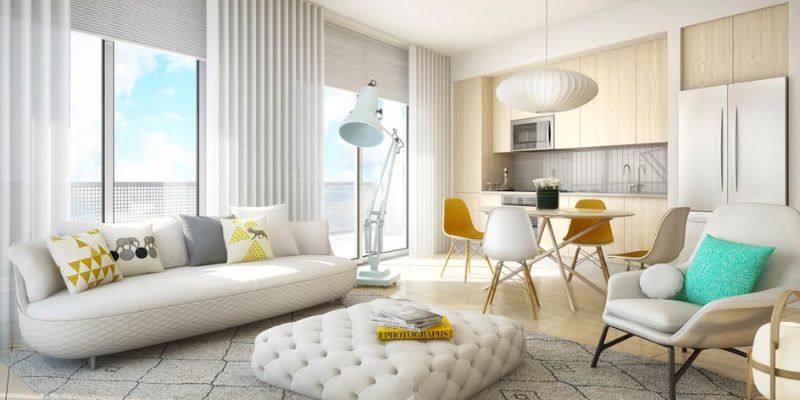We hope you enjoy our detailed instructions on where to put the light in the living area to minimize glare. Lamp glare is a common problem that can lead to headaches and tired eyes. This article will teach you “How to Position a Lamp to Reduce Glare in the Living Room?” and make it feel warm and inviting.
EXpaining Glare and Effects
Glare arises when there is an unnaturally large difference in light intensity between an object and its background. It’s especially annoying when trying to focus your eyes on something, like a movie or a book on the TV. Eye strain, headaches, and even permanent vision loss can result from glare if it is not appropriately mitigated.
How to Choose a Right Lamp
Getting the proper lamp for your living area is a prerequisite for figuring out where to put it. Think about what I’ve listed below:
- Brightness: Choose lights that allow you to change the bulb or the intensity of the light. You can adjust the brightness and direction of the lights to suit the task at hand and cut down on glare.
- When selecting a light bulb, keep in mind that lower wattage bulbs and warmer white light are less likely to induce glare than their more powerful counterparts.
- Lampshade Creation: Try to find shades manufactured from light-diffusing materials. These blinds can help diffuse the light and lessen the glare.
How to Position a Lamp to Reduce Glare in the Living Room?
Now that you have the correct lamp, let’s talk about how to place it in your living room so that it doesn’t cast too much of a shadow.
Point the light source away from the area being seen.
Keep the light from the bulb pointed away from the main viewing or seating area. This shields your eyes from the light source, lowering the likelihood of glare. Try numerous viewing positions to find one that is both comfortable and free of glare.
Use lamp shades to direct the beam of light
Glare can be greatly reduced with the help of lamp shades. Here are a few pointers on how to get the most of them:
- Shade Tilt: If the lamp you’re using has a tiltable shade, turn it so that the light shines down on the task at hand rather than across the room.
- Use Lamp Shades That Are Opaque Or Semi-Opaque To Prevent Light Leakage From The Sides. This reduces glare by directing light downward.
Make the Most of Your Task Lighting’s Location
Reading, writing, and computer work all necessitate the use of adequate task lighting. Keep in mind these suggestions for the best possible task lighting:
- Place a lamp behind or next to your reading chair for optimal lighting in the living room, if that’s where you do most of your reading. Make sure the lamp is positioned over your shoulder to provide a gentle, indirect light for reading.
- Lighting a desk or living room workspace: Arrange a desk lamp so that light falls on the surface evenly without casting shadows or producing glare on a monitor or other reflecting objects.
Think About Using Indirect Sources of Light
When compared to direct lighting, the softer, more ambient light produced by indirect lighting is ideal for relaxing in the living area. The following are some indirect lighting choices to consider:
- Install wall sconces that have adjustable lighting so you may shine light where you need it (on the ceiling or the walls). This method of lighting eliminates harsh shadows and produces a comfortable glow.
- To reflect light downward from the ceiling, strategically position floor uplights around the living area. This method is useful for preventing glare and getting rid of deep, dark shadows.
Conclusion
The proper placement of your lamps in the living room is essential for minimizing glare and making the area a pleasant place to unwind, read, or do other activities. Indirect lighting, task lighting optimization, and the use of appropriate lamp shades are all aspects of good lighting design. If you follow these guidelines, you’ll be able to transform your living room into a visually stunning space.

